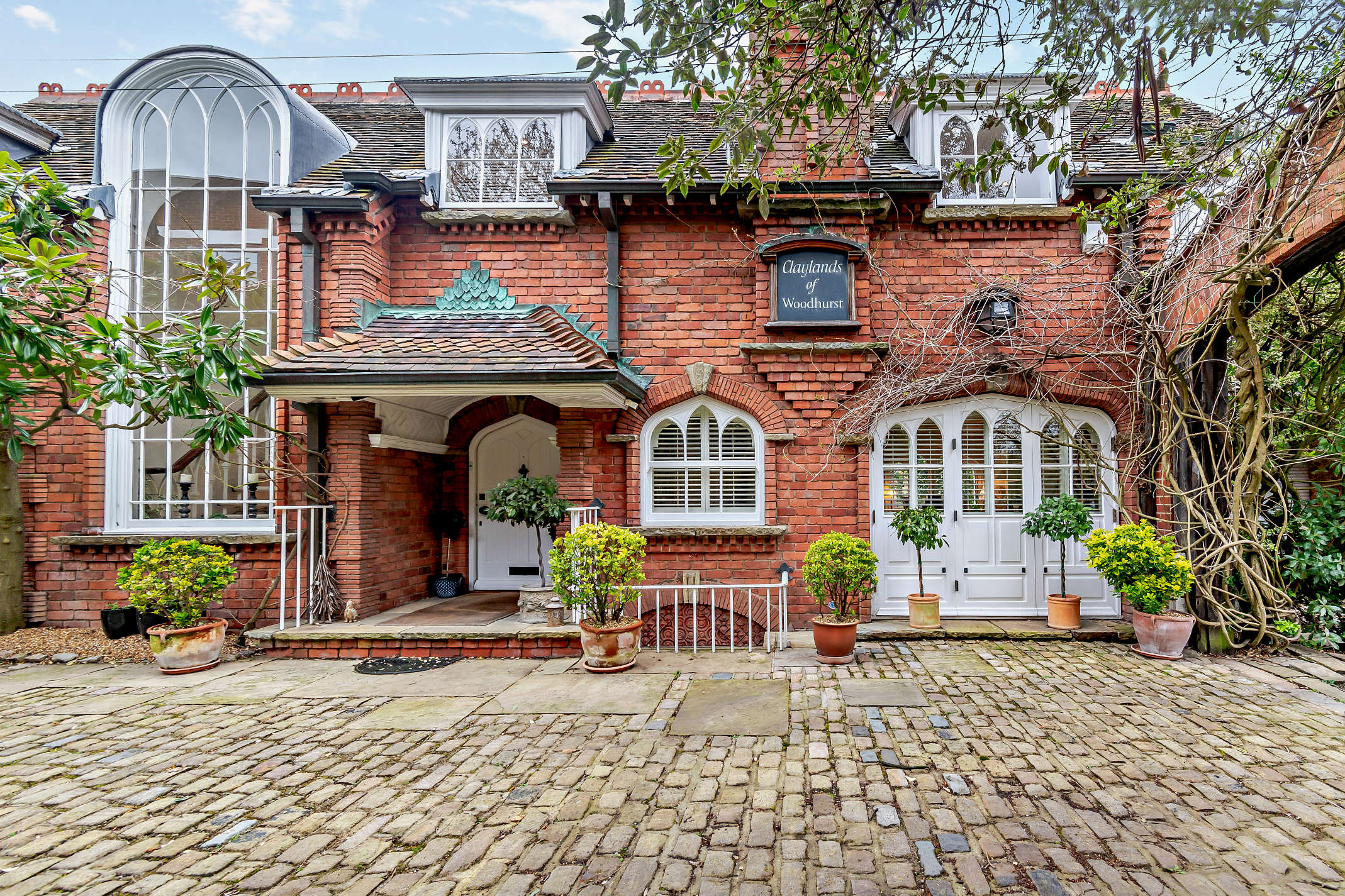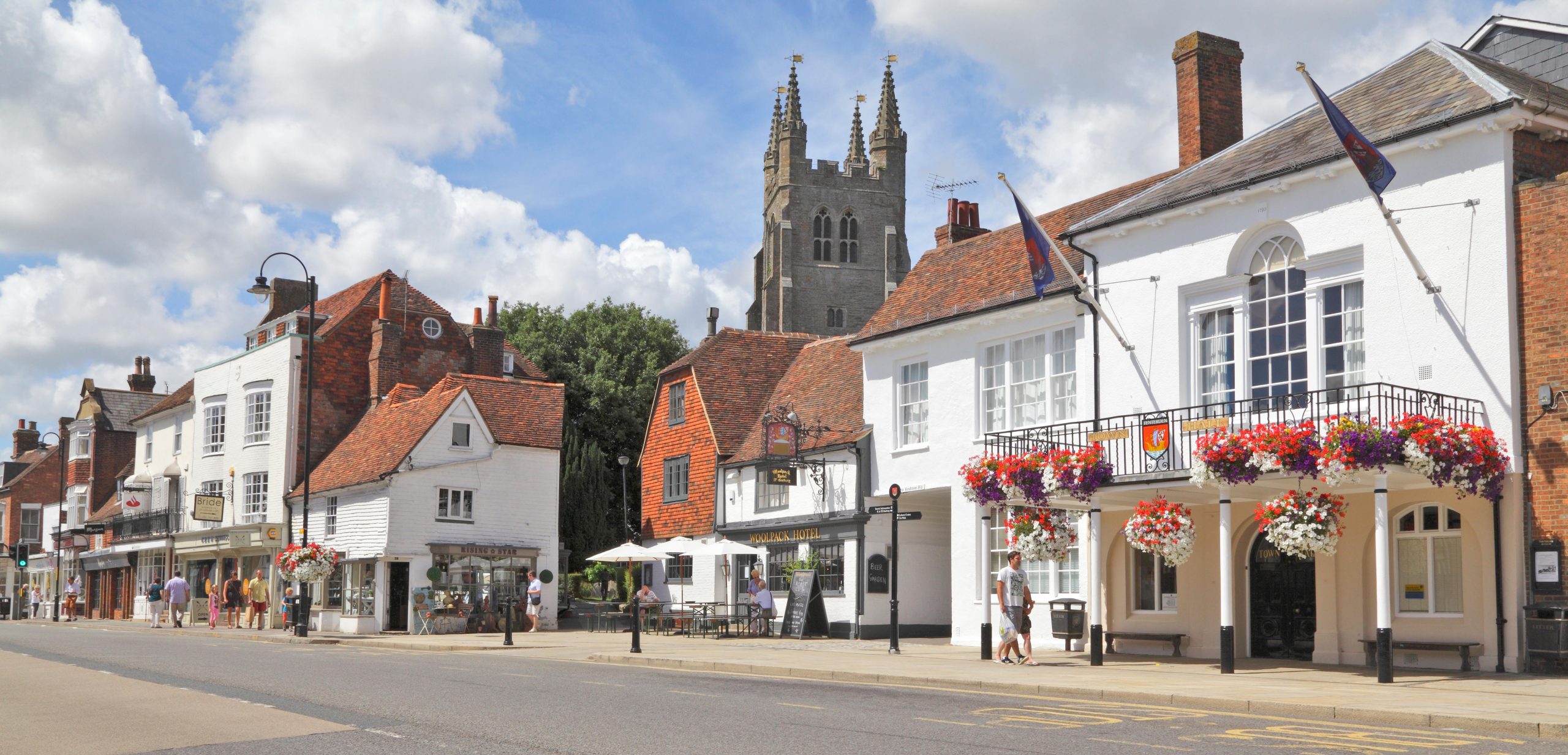Phil Spencer's advice on investment
People are shying away from investing in the property market for the wrong reason. With the right ingredients, this could be the ripest opportunity to buy in years


Over the past few years, many investment fingers have been badly burnt for one fairly simple reason: lack of homework. Anyone looking at this market should ask how many likely tenants there are in relation to the number of rental properties in the area, who are your prospective tenants, what do they want, and how much are they prepared to pay for it? Every area is different, so I ask letting agents what type/style/price bracket of property they always wish they had more of. All too often, the answer doesn’t match the types of properties investors have been buying. The sector offers some interesting opportunities.
The average price of a buy-to-let property is £160,000, so the temporary change to Stamp Duty falls right in the heartland of investor country. So not only is this the cheapest time to buy for several years, but investors have been given 12 months to avoid the Chancellor’s tax tentacles.
The rental market is also a beneficiary of the weak sales market. Yes, there has been a flood of ‘accidental landlords’ (those who let out their property in lieu of selling it) in Prime Central London, but rents in the wider market are rising, and, although capital values are falling, it means yields are improving. The attitude to renting is also changing.
In 1918, 80% of households rented their homes, but by the 1980s, this number had fallen dramatically to just 10%. However, during the past 20 years, the number of households renting has reached almost three million, an increase of 40%. And as a society, more of us are living alone it’s been estimated that, by 2021, 35% of us will be living solo. In broad terms, there are five main tenant groups key workers, students, single expatriate city workers, expatriate families and professional sharers. To me, it seems that the last is by far and away the most reliable market.
People in their mid-twenties who have left university are always keen to share a property before buying for themselves. They don’t want to live anywhere particularly smart or expensive, but they do require good transport links and plenty of bars and restaurants. Some 25% of UK graduates take their first job in London (more than the combined totals of Manchester, Birmingham, Leeds, Edinburgh, Glasgow and Cardiff). This means there’s consistent demand year-on-year, which, in turn, provides investors with very high occupancy rates.
Three-bedroom terraced Victorian cottages in secondary areas, which can usually be adapted to offer four bedrooms and two bathrooms, make the best investments. It’s always worth keeping an eye out for changes to things such as transport connections for example, the East London Tube line large company relocations, extensions to hospitals or universities, and regeneration areas.
Some of the people who did best out of the market through the boom sowed the seeds during the early 1990s. This slump is no exception: play your cards right over the next six months, and you could come out of this very sweetly. Believe me, there are a lot of private investors, a lot of funds and rich people on the sidelines, waiting for someone to say this is the time to buy. And when that happens, there’ll be an almighty scramble.
Sign up for the Country Life Newsletter
Exquisite houses, the beauty of Nature, and how to get the most from your life, straight to your inbox.
City-centre mistakes
I strongly question whether there was ever, in fact, a ‘demand’ or a ‘shortage’ of, for instance, two-bedroom flats in central Leeds. So, when all these similar properties were being marketed, mainly to investors, the demand for them was perceived—rather than genuine and the prices were hugely inflated.
The planning and development procedure can take years for a large scheme, and even then, it’s not until there’s an established price history for a particular product and area that the market itself dictates what the properties are genuinely worth (rather than what the developer says they’re worth). Of course, by the time there’s a track record of deals and an established ‘open-market value’, the developers will have sold all the units and moved on to other projects. Why should they care? They’re in business to win planning permission, build and sell in the quickest time possible.
Garrington Home Finders (020–7376 6780; www.garrington.co.uk)
Country Life is unlike any other magazine: the only glossy weekly on the newsstand and the only magazine that has been guest-edited by HRH The King not once, but twice. It is a celebration of modern rural life and all its diverse joys and pleasures — that was first published in Queen Victoria's Diamond Jubilee year. Our eclectic mixture of witty and informative content — from the most up-to-date property news and commentary and a coveted glimpse inside some of the UK's best houses and gardens, to gardening, the arts and interior design, written by experts in their field — still cannot be found in print or online, anywhere else.
-
 380 acres and 90 bedrooms on the £25m private island being sold by one of Britain's top music producers
380 acres and 90 bedrooms on the £25m private island being sold by one of Britain's top music producersStormzy, Rihanna and the Rolling Stones are just a part of the story at Osea Island, a dot on the map in the seas off Essex.
By Lotte Brundle Published
-
 'A delicious chance to step back in time and bask in the best of Britain': An insider's guide to The Season
'A delicious chance to step back in time and bask in the best of Britain': An insider's guide to The SeasonHere's how to navigate this summer's top events in style, from those who know best.
By Madeleine Silver Published
-
 What to expect when you're expecting (to move to the countryside)
What to expect when you're expecting (to move to the countryside)On March 28, agents Michael Graham will be showcasing some of their best countryside properties at their west London office.
By James Fisher Published
-
 Property Talk: When is the right time to downsize?
Property Talk: When is the right time to downsize?Sometimes our homes can get too big for us, meaning it’s time to downsize. Here, we speak to those involved with the process.
By James Fisher Published
-
 How to win in the property market: Tips from some of Britain's best buying agents
How to win in the property market: Tips from some of Britain's best buying agentsWhether looking for the perfect family home or negotiating on price, buying agents do the heavy lifting–and are well used to analysing the market. Carla Passino gets advice from a few of the best.
By Carla Passino Published
-
 Top tips on renting your holiday home
Top tips on renting your holiday homeThe holiday-home market on the Cornish coast looks set for a lively summer. Arabella Youens finds out how to make the running costs bearable.
By Arabella Youens Published
-
 Tips and advice for holiday home owners
Tips and advice for holiday home ownersWith the start of the summer season nearly upon us, more and more country-house owners are dipping into the short-let scene.
By Country Life Published
-
 Property guide to Elstead
Property guide to ElsteadFreddie Mack shares the secrets of Elstead in Surrey, a prime spot for young families looking for properties outside London near good schools
By Country Life Published
-
 Property guide to Cheriton
Property guide to CheritonIf you're considering buying property in or around Cheriton this year, take a look at our property guide which covers where to buy, what prices to expect and where to have fun in the area
By Country Life Published
-
 Make your holiday let work for you
Make your holiday let work for youIf you're considering renting out your holiday property prepare by reading this first
By Country Life Published
